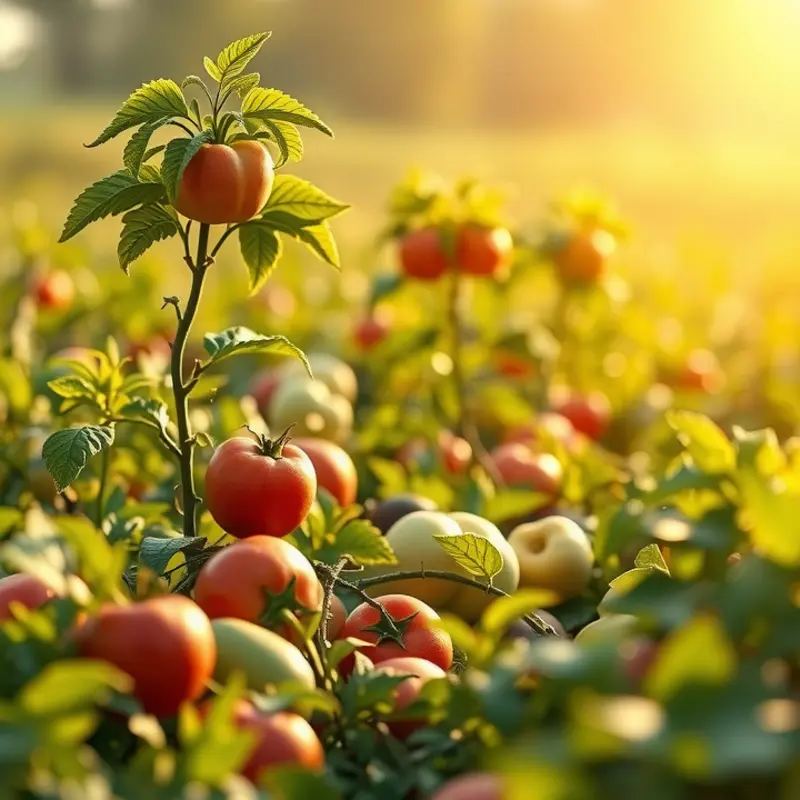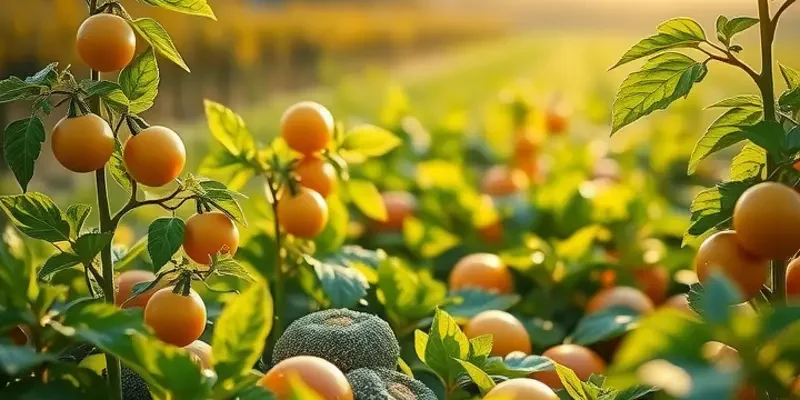Cooking in an eco-friendly manner is vital for those who prioritize the planet. From choosing ingredients wisely to utilizing energy-efficient techniques, eco-conscious cooking not only benefits the environment but also enhances the culinary experience. Embracing sustainable practices in the kitchen offers a means to support local economies, minimize waste, and promote healthier eating. Let’s dive into effective cooking techniques that align with eco-friendly values and empower your cooking journey.
Ingredient Selection and Sourcing

Understanding the intricacies of ingredient selection and sourcing can significantly impact your culinary carbon footprint. Prioritizing local and seasonal produce is a cornerstone of eco-conscious cooking. Local ingredients often require less transportation, thereby reducing greenhouse gas emissions. Seasonal produce, harvested at its peak, not only offers richer flavors but also eliminates the need for unseasonal cultivation methods, often resource-intensive.
Opting for sustainable meat options is another crucial aspect. Seek out local farms that practice humane and environmentally sustainable farming methods. Such practices typically involve rotating pastures and using feed that doesn’t rely heavily on monocultures. This reduces soil degradation and maintains nutrient-rich land. For those embracing plant-based diets, understanding the ecological impact of ingredients like chickpeas and lentils can lead to more sustainable choices, as they generally have a smaller carbon footprint compared to animal protein sources.
Organic ingredients further support eco-conscious cooking by promoting biodiversity and healthier ecosystems. By avoiding synthetic fertilizers and pesticides, organic farming fosters robust soil and diverse insect life. Although organic produce can be more expensive, investing in it aids the transition to more sustainable farming practices globally.
Reducing packaging waste is another essential consideration. Buying bulk items not only reduces individual packaging but often involves less processing and longer shelf life. Items such as grains, beans, and nuts are ideal candidates for bulk purchases. This not only minimizes resource consumption but also simplifies your pantry organization.
Foraging and personal cultivation open extra avenues towards sustainable ingredient sourcing. Many common herbs and greens grow abundantly in the wild, offering free and fresh options for the adventurous cook. Alternatively, growing herbs and vegetables at home accommodate immediate access to fresh produce while also decreasing dependency on store-bought items. This practice leads to less waste, as you only harvest what you need.
These strategies for ingredient selection and sourcing not only ensure that our meals are fresher but also profoundly influence the environment positively. Each deliberate choice reinforces the values of sustainability, aligning perfectly with a mindful approach to both nourishment and nature. By embracing these practices, we create dishes that reflect not only our taste preferences but also our commitment to protecting the Earth. As a resource, consider exploring the Mediterranean Chickpea Salad for an example of how thoughtfully chosen ingredients can result in delicious, eco-conscious meals.
Energy-Efficient Cooking Techniques

Energy-efficient cooking techniques offer a dual benefit: they conserve energy and elevate your gastronomic experience. One pivotal method is steaming. This approach cooks food quickly, preserving more nutrients than boiling or frying. Furthermore, steaming requires minimal energy output. It’s ideal for vegetables, fish, and even desserts, giving them a succulent texture.
Simmering is another energy-efficient technique to consider. By gently heating the liquid just below boiling point, you can slowly cook meats and stews to develop deep, rich flavors without excess energy consumption. It’s an excellent way to transform tough cuts of meat into tender delights.
Slow cooking emerges as a particularly versatile method. Despite its name, this technique actually conserves energy by maintaining a low, consistent temperature. The slow breakdown of food components ensures flavors intensify over time, making it perfect for soups, stews, and beans. The long cooking duration requires less active supervision, saving you time and effort.
Pressure cookers further exemplify energy efficiency. They drastically reduce cooking times with high-pressure steam, conserving not only time but also nutrients. Pressure cookers are especially effective for grains, legumes, and tough proteins. They seal in flavors, resulting in robust dishes with a fraction of the energy typically required.
Microwave ovens, often underestimated, are another ally in energy-efficient cooking. Their electromagnetic radiation heats food quickly, with minimal heat loss. This makes them perfect for reheating and cooking a wide variety of dishes, including vegetables, grains, and even heritage recipes. Consider using them for batch cooking, where you prepare multiple meals at once and store them for future consumption.
Batch cooking itself stands out as a practical technique. By cooking large quantities at once, you minimize the amount of energy used per meal. Meals can be portioned and stored, reducing the frequency of cooking sessions and energy used in reheating. This method ensures a sustainable and organized approach to meal planning.
When adopting these energy-efficient techniques, it’s vital to consider the overall impact on your diet. To explore new recipes that complement these methods, like the Keto Egg Muffins, which provide an easy meal prep solution for breakfast, visit this link.
By embracing these energy-efficient cooking techniques, you’re not just preparing meals; you’re contributing to a sustainable future. Each energy-saving technique reduces your carbon footprint without compromising taste and nutrition. Let’s redefine how we think about cooking as a mindful practice that respects both our health and our planet.
Final words
Embracing eco-conscious cooking techniques is a rewarding journey that not only fosters a healthier lifestyle but also nurtures the planet. From selecting local and seasonal ingredients to implementing energy-efficient cooking methods, each step counts towards sustainability. Supporting local farmers, reducing waste, and cooking with intention can make a profound impact. By integrating these practices into your cooking routine, you become part of a larger movement towards sustainable living. Let every meal be a celebration of both your health and the environment!








